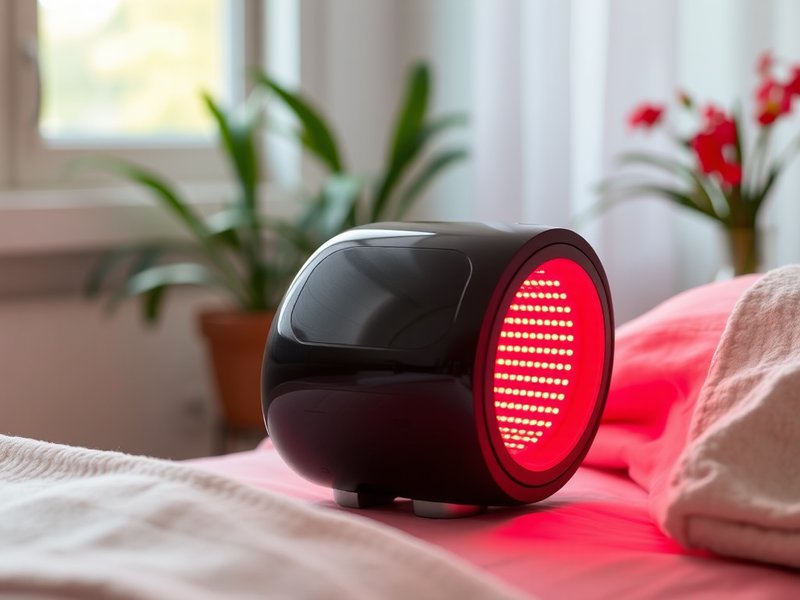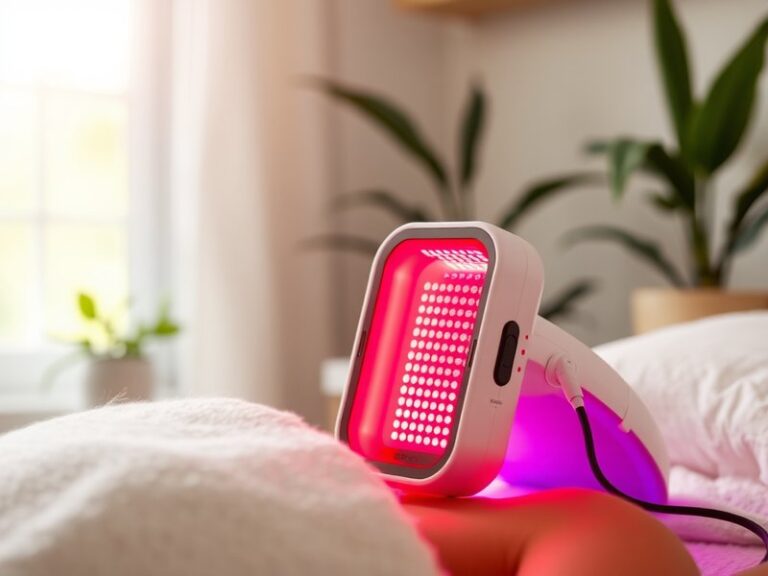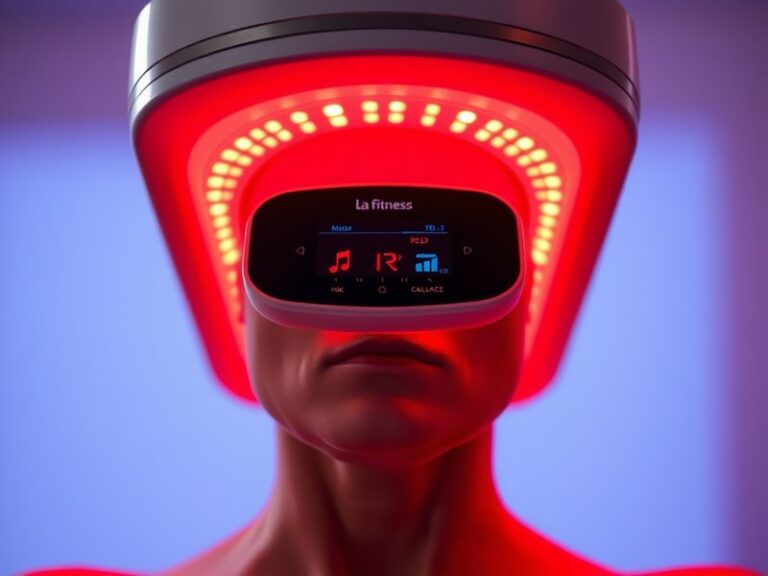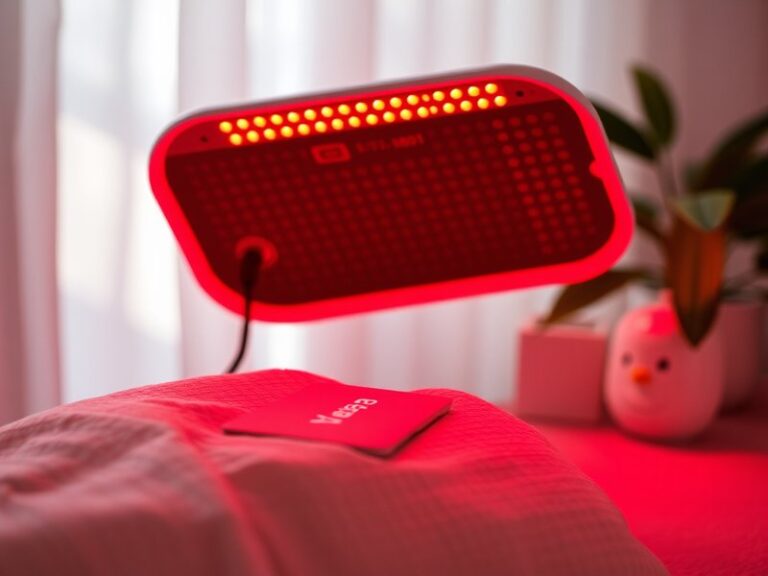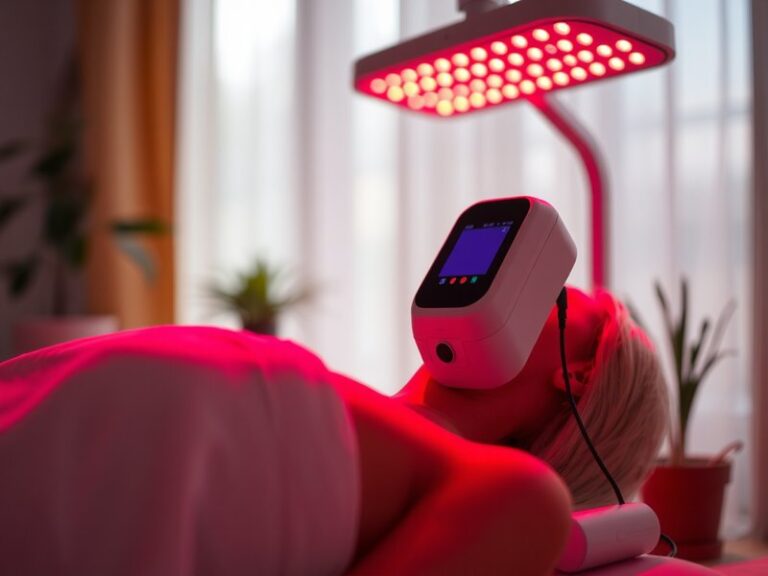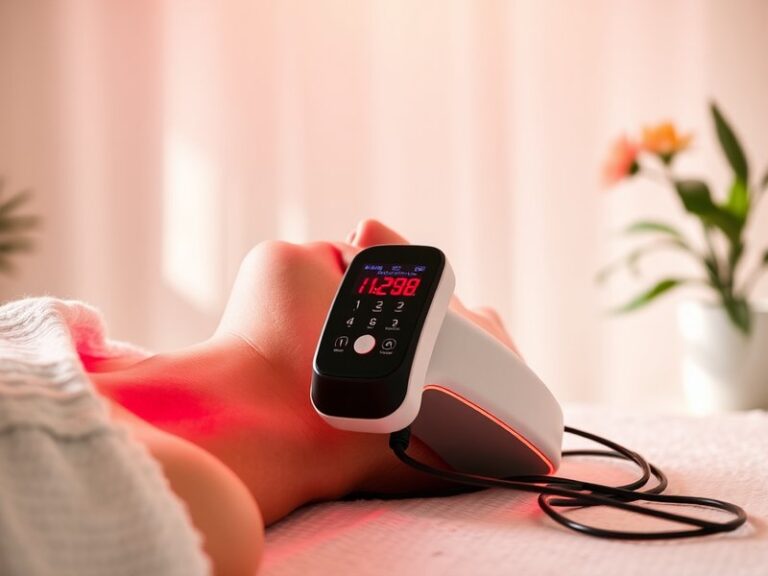Why Is Red Light Therapy Controversial?
Why Is Red Light Therapy Controversial?
Is red light therapy the breakthrough treatment it claims to be, or is it just hype?
In recent years, red light therapy (RLT) has gained popularity as a wellness treatment, touted for its potential benefits ranging from improved skin health to enhanced athletic performance. However, amidst the enthusiasm, there exists a level of controversy surrounding its efficacy, safety, and scientific backing. This article will explore the reasons for the controversy, the purported benefits of red light therapy, considerations before trying it, and alternative therapies that readers might consider.
Key Takeaways
- Red light therapy has a mix of enthusiastic supporters and skeptics due to varying levels of scientific evidence.
- Some claimed benefits include improved skin texture, reduced inflammation, and accelerated healing, but results can vary.
- It’s important to weigh the potential risks and benefits and consider alternatives before embarking on red light therapy.
What is Red Light Therapy?
Red light therapy is a treatment in which specific wavelengths of red and near-infrared light are used to promote various therapeutic effects. This non-invasive modality aims to stimulate cellular processes, enhance collagen production, and improve overall skin health. Originally used in medical settings, RLT has now made its way into wellness and beauty industries, with many devices available for consumer use at home.
The therapy works by delivering wavelengths typically ranging from 600 to 1,100 nanometers, penetrating the skin to a depth that may affect cellular function. Users of red light therapy often hope to leverage its purported bio-stimulating effects for pain relief, improved recovery from injuries, and aesthetic benefits.
What are the Benefits of Red Light Therapy?
Exploring the potential benefits of red light therapy helps to clarify its appeal, despite the controversy.
Get insights from Is Red Light Therapy a Bulb?
Enhanced Skin Health
Red light therapy may help improve skin texture and reduce the appearance of wrinkles. Research suggests RLT can boost collagen production, which is essential for maintaining skin elasticity. Many users report an overall improvement in complexion after consistent use.
Pain and Inflammation Reduction
Several studies indicate that red light therapy can be effective in reducing pain and inflammation associated with conditions such as arthritis and migraines. The therapy may assist in stimulating blood circulation and promoting tissue regeneration, potentially offering relief for chronic pain sufferers.
Improved Muscle Recovery
Athletes are increasingly turning to red light therapy for its claimed benefits in muscle recovery following intense workouts. Some evidence suggests that RLT may accelerate muscle repair by enhancing mitochondrial function, which is crucial for energy production and recovery.
Mood and Sleep Improvement
Some users report positive changes in mood and sleep patterns after incorporating red light therapy into their routines. These benefits may stem from the therapy’s ability to promote relaxation and regulate circadian rhythms, although further research is needed to fully understand this aspect.
Is it Possible to Utilize Red Light Therapy Effectively?
Utilizing red light therapy effectively involves understanding how to access and use the technology properly. Many devices, from handheld units to full-body panels, can be found on the market, but effectiveness can depend on the device’s quality and how it’s used.
What are the Advantages of Using Red Light Therapy?
Accessibility is one of the key advantages. With many at-home devices available, individuals can incorporate RLT into their self-care routines at their convenience. Many users also report good user experiences with minimal side effects compared to more aggressive treatments.
What are the Disadvantages of Using Red Light Therapy?
Despite its benefits, red light therapy has downsides. The lack of regulation in the home device market can lead to inconsistent results, and insufficient clinical guidelines may leave users clueless about proper use. Additionally, some users have reported mild skin irritation after treatment.
What are the Things to Consider Before Trying Red Light Therapy?
Before diving into red light therapy, it’s crucial to consider various factors that may impact outcomes.
Consultation with a Healthcare Provider
It’s advisable to consult with a healthcare provider before starting red light therapy, especially for those with existing medical conditions or skin sensitivities. This step can ensure that there are no contraindications.
Read our take on Poly Red Light Therapy?
Research Device Quality
Selecting the right device is crucial. Not all RLT units are created equal; some may emit wavelengths that don’t penetrate the skin effectively. Researching reputable brands and understanding the specifications of devices can enhance the therapy’s effectiveness.
Set Realistic Expectations
While many benefits are anecdotal, results can vary widely among individuals. Setting realistic expectations about outcomes can prevent disappointment and encourage consistent use.
What are the Alternatives to Red Light Therapy?
Those considering alternatives to red light therapy should explore various other options that may offer similar benefits.
Topical Treatments
Topical creams containing retinol, vitamin C, or peptides can offer skin benefits like increased collagen production and improved skin texture without the need for equipment.
Microdermabrasion
This procedure provides exfoliation and can improve blemishes and uneven skin tone. Microdermabrasion stimulates skin and may offer some of the benefits sought through RLT.
Cryotherapy
Cryotherapy utilizes extreme cold to promote healing and recovery. This method is commonly used by athletes to reduce inflammation and enhance recovery time and could serve as an alternative for pain relief.
Conclusion: Is it Recommended to Try Red Light Therapy?
Red light therapy presents a fascinating option for those seeking alternative treatments for skin health, pain relief, and recovery. However, the controversy surrounding its efficacy, particularly concerning scientific backing and device quality, means it’s not universally endorsed. Interested individuals should approach RLT with caution, conduct thorough research, consult healthcare professionals, and weigh the potential benefits against the drawbacks.
Frequently Asked Questions
Is red light therapy scientifically proven?
There is a mix of scientific evidence supporting some benefits of red light therapy, but more rigorous studies are needed for conclusive results.
Are there any side effects of red light therapy?
Generally, red light therapy is considered safe, with few reported side effects. Some users experience mild skin irritation or redness, especially if misused.
How often should I use red light therapy for optimal results?
Usage varies by individual and device type, but many experts recommend treatments 2-3 times per week for noticeable results.
Can I use red light therapy on all skin types?
While RLT is generally safe for all skin types, individuals with active skin conditions should consult a healthcare provider beforehand.
What can I expect after a red light therapy session?
Results vary, but many report feeling relaxed and experiencing temporary improvements in skin appearance shortly after a session. Long-term benefits may take consistent use over weeks to manifest.
